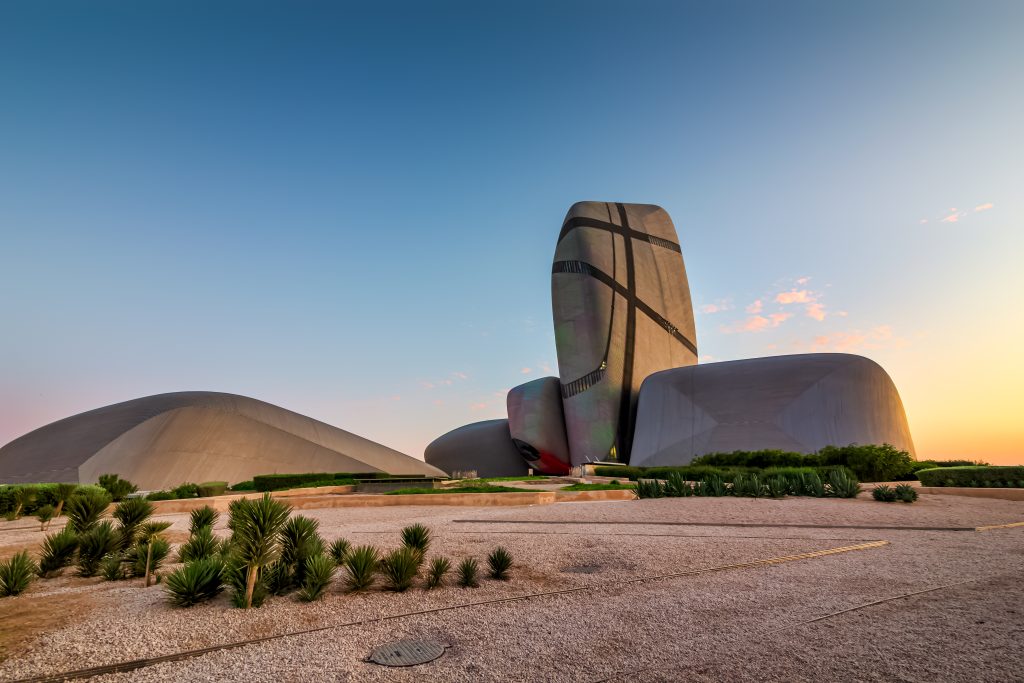In an effort to reduce its dependency on petroleum, the Kingdom of Saudi Arabia (KSA) is now setting its sights on the metals sector, which is anticipated to elevate domestic nickel usage and underwrite global mining ventures. This move aligns with substantial investments in industries that are intensive users of nickel.
Recognizing mining as a critical sector for its future, Saudi Arabia has launched various initiatives to boost or initiate the production of key minerals such as copper, gold, zinc, lithium, and aluminium. Despite the lack of significant nickel deposits domestically, the kingdom is focusing on exploring gold, copper, and zinc, concurrently investing in the global nickel supply chain.
In a major move, Manara Minerals, a collaboration between the Saudi mining company Ma’aden and Saudi Arabia’s Public Investment Fund, acquired a 10% interest in Vale’s base metals division for $2.5 billion in 2023. Vale anticipates this investment to propel its nickel output beyond 300,000 tonnes annually, a significant increase from the current 175,000 tonnes per year.
Vision 2030 and Nickel Demand
The ambitious Vision 2030 may act as a catalyst for nickel demand due to Saudi Arabia’s multibillion-dollar investment plans for new steel plants and electric vehicle (EV) factories. Notably, $6 billion has been earmarked for the creation of steel plate and hot-rolled coil plants, alongside an EV battery plant announced in 2022.
Nickel demand is mainly driven by the stainless steel and battery industries, which together account for over 80% of its consumption. Fastmarkets analyst Olivier Masson points out that while the stainless steel industry’s nickel demand grows at a compound annual growth rate (CAGR) of 2%, the battery sector’s nickel usage is climbing at a CAGR of 12%, contributing to a global nickel demand growth of 4% annually.
However, in Saudi Arabia, these figures could soar even higher. With the Saudi Industrial Development Fund looking to develop EV production within the country, the establishment of Lucid’s EV manufacturing plant in 2023, with future plans to increase its output to 155,000 units annually, is set to significantly boost nickel demand.
According to the International Energy Agency, 14 million EVs were sold last year, contributing to the 40 million EVs currently on the road. Yet, the most substantial increase in Saudi nickel demand may come from the steel required for its expansive infrastructure projects. With the kingdom’s giga-projects underway, each valued at hundreds of billions of dollars, a notable increase in steel consumption is anticipated.
Turkish steelmaker Kocaer Steel has already announced its intention to set up a steel factory in Saudi Arabia to supply steel for the $500 billion Neom smart city project. Oxford Economics predicts that Saudi construction output, which significantly impacts steel demand and thus nickel consumption, will grow by 4.7% in 2024, a stark contrast to the mere 0.5% growth experienced in 2023.
However, Fastmarkets strategic markets editor for scrap Lee Allen advises caution when interpreting these projections, noting that the actual increase in steel demand in Saudi Arabia has not yet materialized as expected. Despite the excitement surrounding the giga-projects, local steel mills have not observed a substantial rise in steel usage.
Currently, nickel has seen modest gains in 2024. The London Metal Exchange three-month nickel contract concluded at $17,467 per tonne on June 17, marking a 5.39% increase from January 2, when it was $16,574 per tonne.
As Vision 2030 progresses, the implications for the nickel market will be closely monitored, particularly regarding shifts in demand and supply dynamics.
